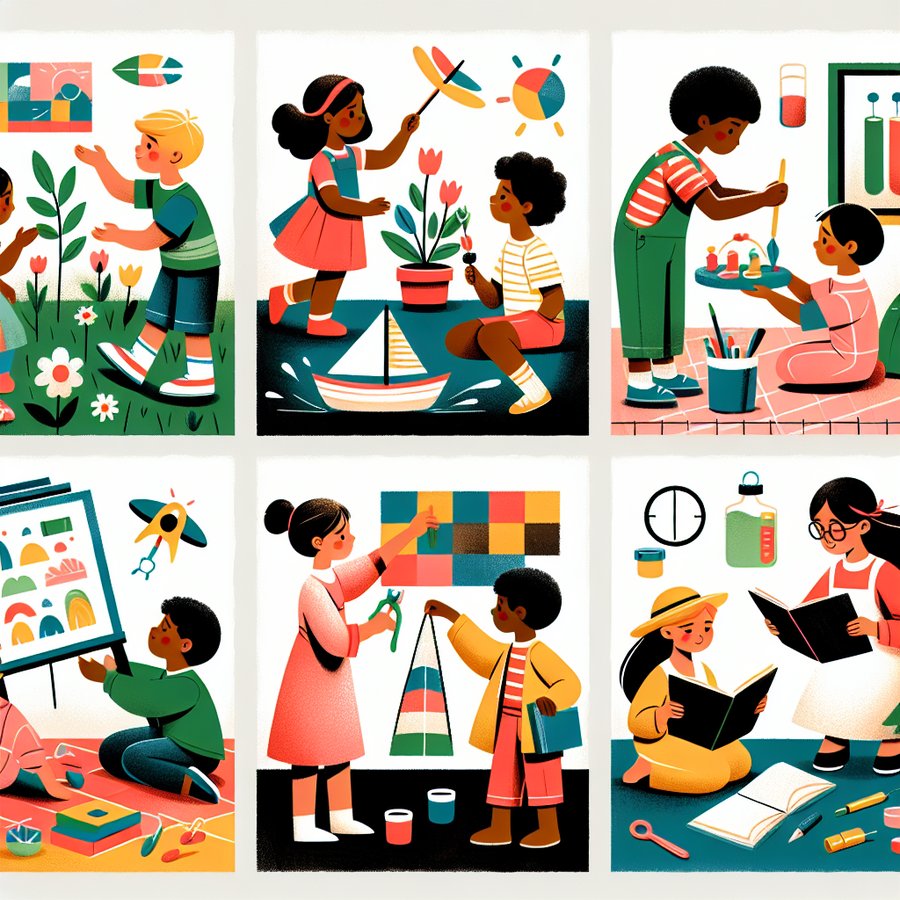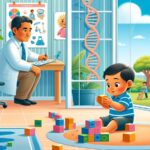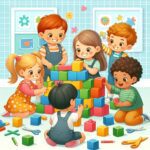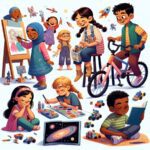Supporting gender identity development in early childhood is a vital aspect of nurturing a child’s overall sense of self and belonging. This complex journey involves understanding, respect, and guidance from parents, caregivers, and educators, aiming to create an inclusive and supportive environment for every child to explore and express their true selves. With the right approach, we can contribute to building a foundation of acceptance and confidence that will benefit children throughout their lives.
Understanding Gender Identity in Early Childhood
Gender identity refers to the internal perception of one’s gender, whether it aligns with their assigned sex at birth or not. It is a deeply rooted aspect of a person’s identity, often emerging in the formative years of early childhood. Research shows that children can start showing awareness of gender roles and identity as early as age two or three, making early childhood a critical time for supporting gender identity development.
It’s essential for parents and caregivers to provide a nurturing environment that recognizes and respects each child’s unique journey. Acknowledging feelings, expressing unconditional love, and engaging in open conversations about gender are fundamental steps in supporting a child’s exploration and self-identification.
Supporting Gender Identity Development in Early Childhood
Creating a supportive environment for gender identity development in early childhood involves several proactive steps. Initially, it’s about offering a variety of experiences without limiting them based on traditional gender norms. By presenting children with an array of toys, activities, and dress-up options, caregivers encourage exploration and self-expression, important components of gender identity development.
Another key aspect is using inclusive language. This means avoiding assumptions about a child’s interests, abilities, or future based on their gender. Instead, encouraging phrases that validate their feelings and experiences can make a significant difference. For example, saying, ‘It’s okay to feel sad about this’ or ‘You can play with any toy you like’ reinforces acceptance and understanding.
Resources and Activities for Supporting Exploration
There are numerous resources and activities that can aid in supporting gender identity development in early childhood. Books that depict diverse gender expressions and stories can be incredibly effective. They offer children perspectives on different family structures, gender roles, and self-identities, broadening their understanding and acceptance of diversity. Engaging in role-play, dress-up activities, and discussions about these stories further enhances their comprehension and empathy.
Parents and caregivers can also benefit from learning resources. Organizations such as Gender Spectrum provide valuable information, guidance, and support for fostering gender inclusivity and understanding in family and educational settings.
In conclusion, supporting gender identity development in early childhood is about creating an environment where every child feels valued, understood, and free to express themselves. Through conscious efforts, inclusive practices, and continuous education, we can all contribute to a world where children grow up with a strong sense of identity and acceptance. Let’s embrace this journey with open hearts and minds, guiding our children towards a future filled with respect, love, and equality.
For further insights into child development and supportive strategies, explore our resources on encouraging self-feeding skills in infants, the role of sensory play in early childhood development, and understanding temperament and its influence on child development.













